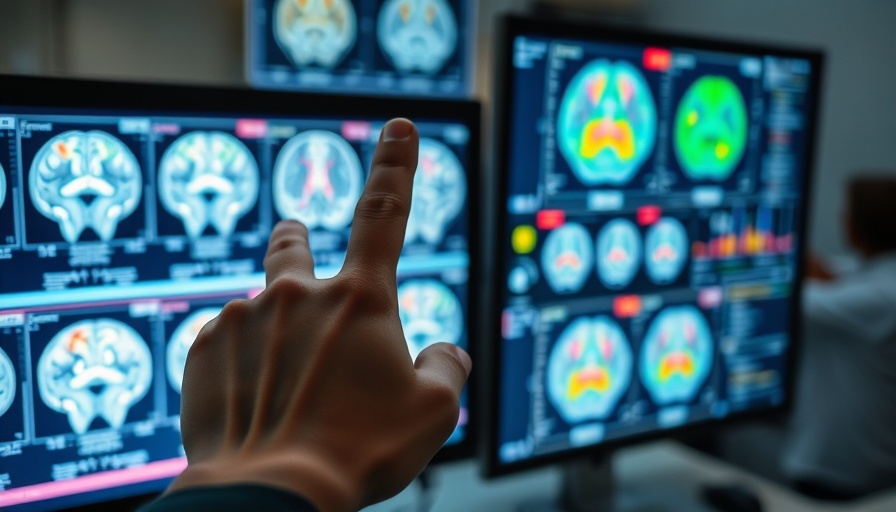
The £40 Million Funding Initiative: A Game Changer for Neurodevelopmental Research
A historical moment in the quest to unlock the mysteries of neurodevelopmental disorders has arrived with a significant £40 million funding boost aimed at revolutionizing the treatment landscape for autism, ADHD, and related conditions. This ambitious financial commitment is spearheaded by the University of Edinburgh, marking one of the largest investments in this critical research domain. As the world grapples with a growing incidence of autism affecting approximately 75 million people globally, the quest for effective treatment options has never been more urgent.
A Collaborative Drive Towards Understanding
The funding will allow the Simons Initiative for the Developing Brain (SIDB) to further its mission, launched in 2017, to explore the complexities of brain development linked to neurodevelopmental disorders. The Simons Foundation, known for its unwavering support for scientific inquiry, is channeling these resources over the next decade to elucidate the biological factors that contribute to conditions like autism, fragile X syndrome, and ADHD. The initiative aims to bring together diverse expertise from various research locations, fostering integrative strategies for tackling these pressing neurological challenges.
Understanding the Biological Basis: The Key to Treatment
Through innovative research methodologies, over 40 principal investigators are already engaged in groundbreaking studies delving into the role of genetic variations in brain wiring. These efforts are crucial for discerning how neurodevelopmental disorders manifest and develop. According to Professor Peter Kind, Director of the SIDB, this research has the potential to lead to enhanced therapeutic interventions that offer hope for improved quality of life for individuals affected by these conditions.
The Impact of Advanced Research on Treatment Options
What sets this initiative apart is its dedication to not only understanding the 'how' but also the 'why' of neurodevelopmental disorders. For instance, previous research from SIDB yielded a promising treatment avenue for Rett syndrome, demonstrating that symptoms in advanced stages could be improved by targeting specific genes. This level of insight could be transformative for many families navigating the complexities of autism and other disorders.
Community Engagement: Bringing Together Resources
The implications of such research go beyond clinical settings and into local communities, particularly in regions such as Muskegon. Autism therapy centers in Muskegon and various resources tailored for neurodivergent individuals stand to benefit tremendously from these findings. Community awareness can be enhanced through practical insights, including recognizing signs of autism, managing meltdowns, and fostering peer relationships, all of which are critical for improving everyday life for individuals on the autism spectrum.
The Need for Comprehensive Support Structures
Moreover, the emphasis on understanding autism spectrum disorders lays the groundwork for creating robust support systems within educational frameworks. Parents and educators can learn practical strategies for accommodating students with autism, ensuring that school settings become inclusive and conducive to learning. This may involve implementing visual schedules or using effective communication aids tailored to each child's unique needs.
Looking Ahead: A Future of Hope and Understanding
As researchers embark on this ambitious journey fueled by a commitment to scientific excellence, the broader community is invited to engage. Through grassroots initiatives and partnerships, more can be done to raise awareness, share knowledge, and advocate for neurodevelopmental health. The research launched by the £40 million funding boost represents a pivotal step towards understanding the foundational biological determinants of autism and ADHD, ensuring that those affected can look forward to better, more effective therapeutics that enhance their quality of life.
Your Path to Better Understanding Autism
Feeling confused about healthcare issues surrounding autism? It's essential to seek assistance from specialists who can provide clarity and options tailored to individual needs. If you worry you might not have the best insurance options or treatment plans in place, it's time to reach out for help without stress or pressure. Call 231-571-6100 today to connect with a specialist who can guide you in navigating these important choices.
 Add Row
Add Row  Add
Add 




Write A Comment